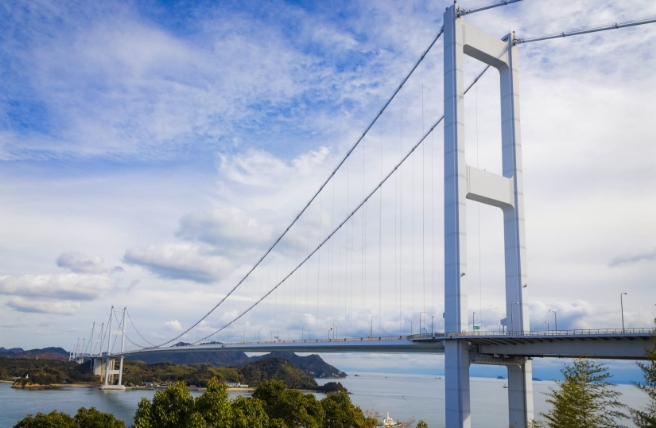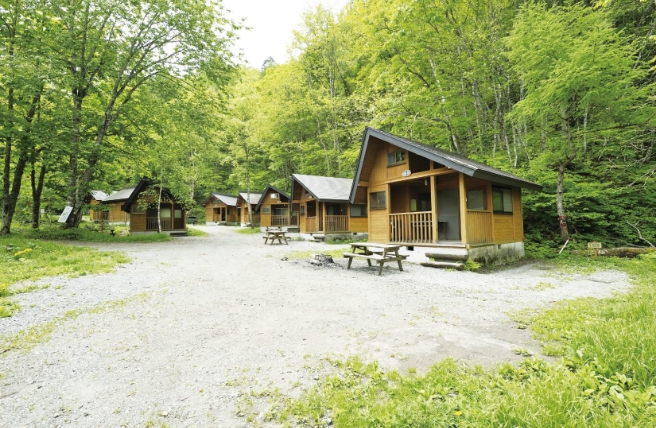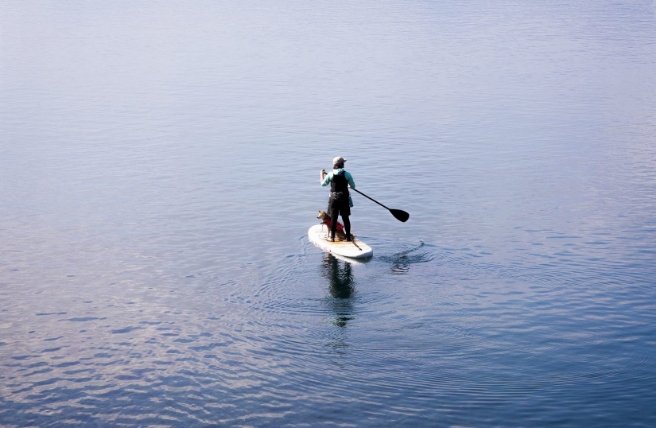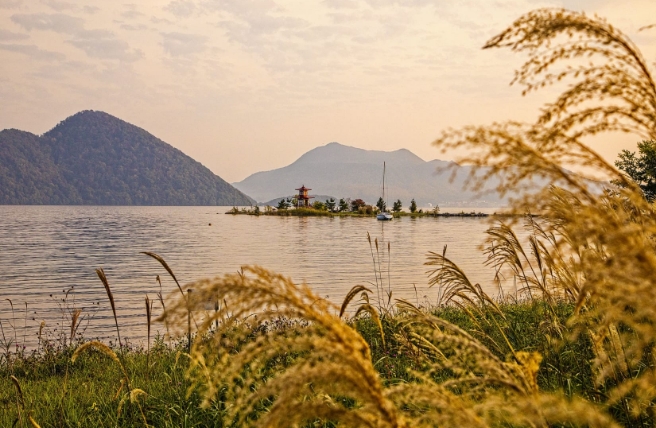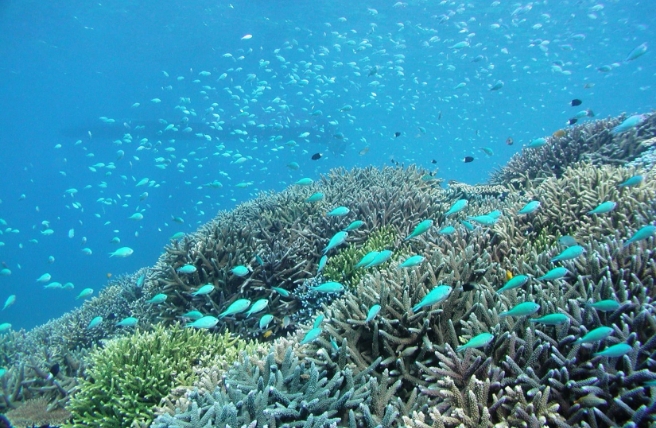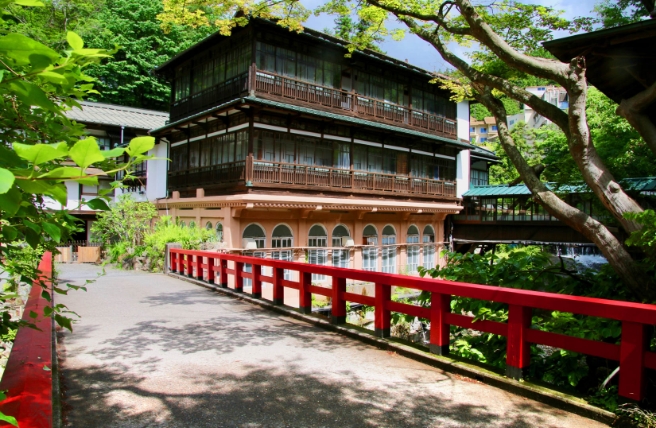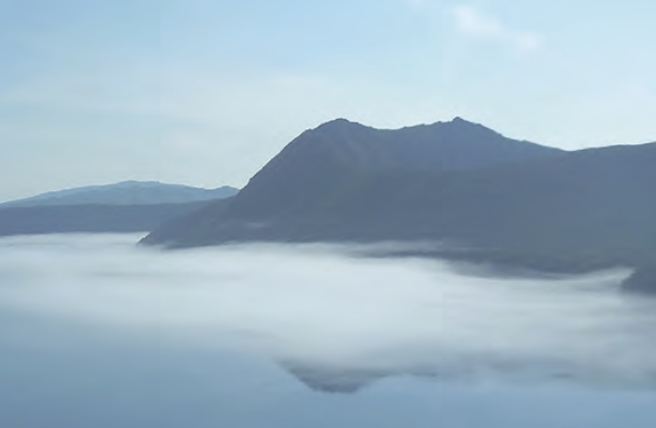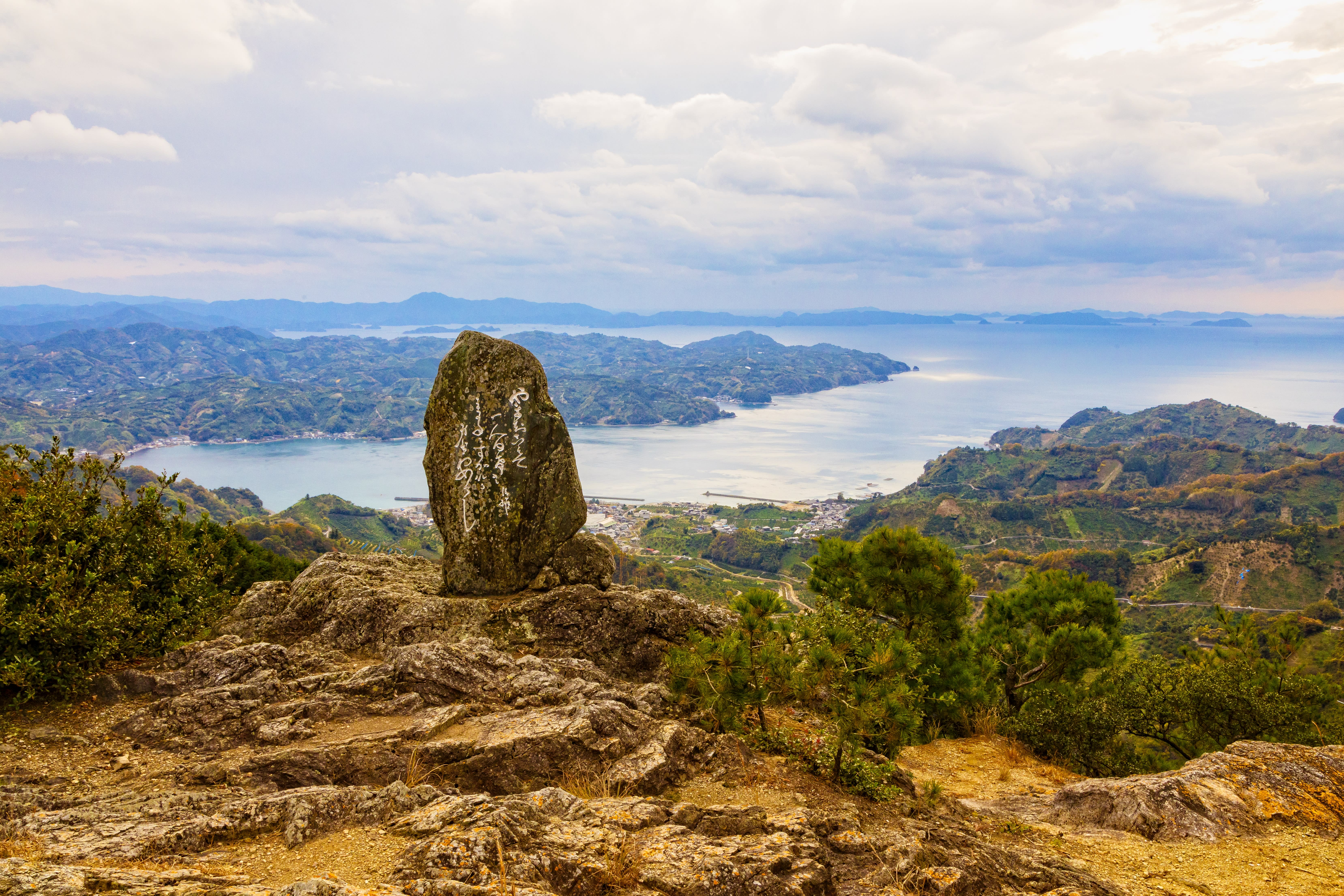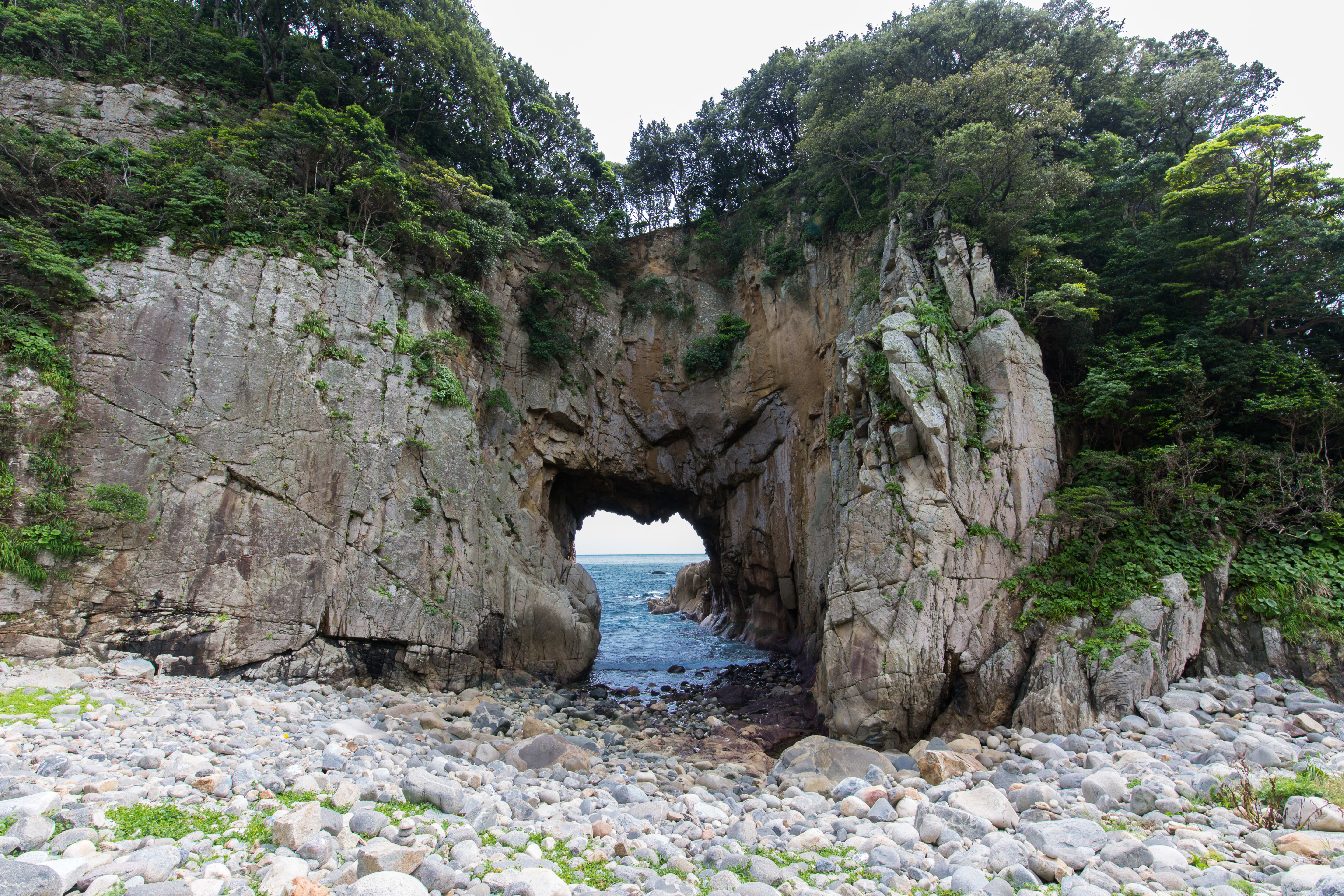Around Ashizuri
Cape Ashizuri feels remote and wild. The Kuroshio Current—the warm Pacific stream that moves from the Philippines to Japan, Alaska and south to California—flows past the cape, bringing warm water and schools of bonito. The mild climate gives rise to subtropical greenery and colorful coral beds.
At Cape Ashizuri, you’ll find Oki Beach, a favorite with surfers. Turtles are also drawn here and lay their eggs on the beach. Cape Ashizuri is a coastal park area. There are beaches with dramatic sandstone forms, and tropical fish and reef-building coral in the waters. To view this underwater world, you can dive or snorkel, ride in a glass-bottom boat, or visit the underwater observatory. There are whale-watching tours, too: you’ll likely spot Bryde’s whales (Balaenoptera brydei), dolphins and flying fish.
The Otsuki area, a fisherman’s paradise, has a number of access points to the coast and other recreation options that include camping, kayaking and snorkeling. Kashiwajima Island is a picturesque spot with serene views of the other Uwakai Sea islands. It’s known for scuba diving and surf fishing. Off the coast is Okino Island, which is accessible by ferry from Tsukumo Harbor. The climate is balmy here, and around 1,000 species of fish inhabit the warm waters.
The Uwakai Area
Along the west coast of Shikoku, the park area between Ainancho and Uwajima City has a ria coastline with peninsulas that jut into the Uwakai Sea. The coastline is rugged, with sea cliffs and caves. Local industries, including fishing, fish-farming and pearl-farming thrive in the area around the Uwakai Sea.
Inland, you'll find a natural forest with giant trees, including Japanese cypress (Chamaecyparis obtusa). As you climb from the coastal lowlands, the vegetation changes from warm-temperate to cold-temperate. Nametoko Gorge, in the upper reaches of the Meguro River (a branch of the famous Shimanto River), flows over smooth granite, making it a popular canyoning spot. A chain of waterfalls can be found nearby, and you may even see wild monkeys and deer in this natural environment.
Culture
Various long-held traditions still thrive in this region. In small villages, for example, there is a strong festival culture. Shikoku’s 1,200-year-old, 88-temple pilgrimage trail (also known as Shikoku Henro), follows the coastline through much of the park. Kongofukuji pilgrimage temple perches high above the sea near the tip of Cape Ashizuri. Pilgrimage traditions live on, such as people offering osettai gifts—usually food and drink—to pilgrims. These offerings are, in effect, meant for Kobo Daishi (774-835), the Buddhist monk who founded the Shingon sect of Buddhism in Japan and created this pilgrimage.

